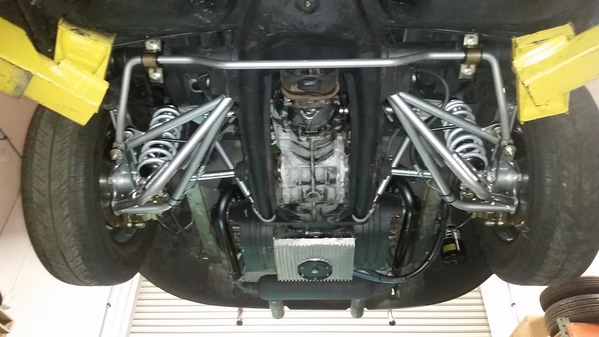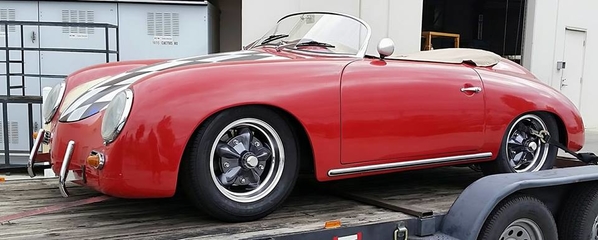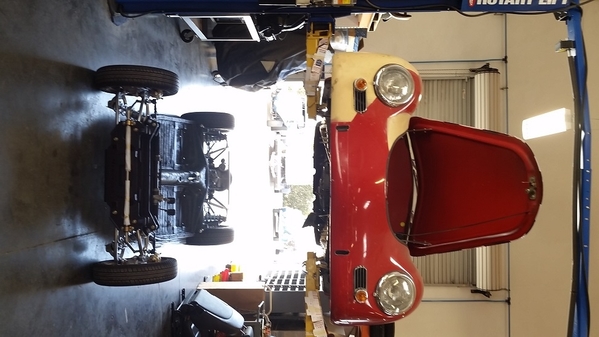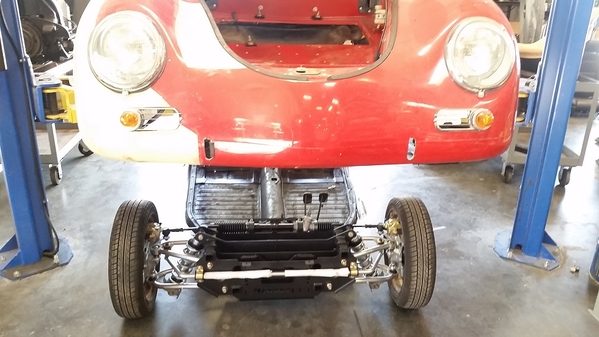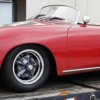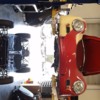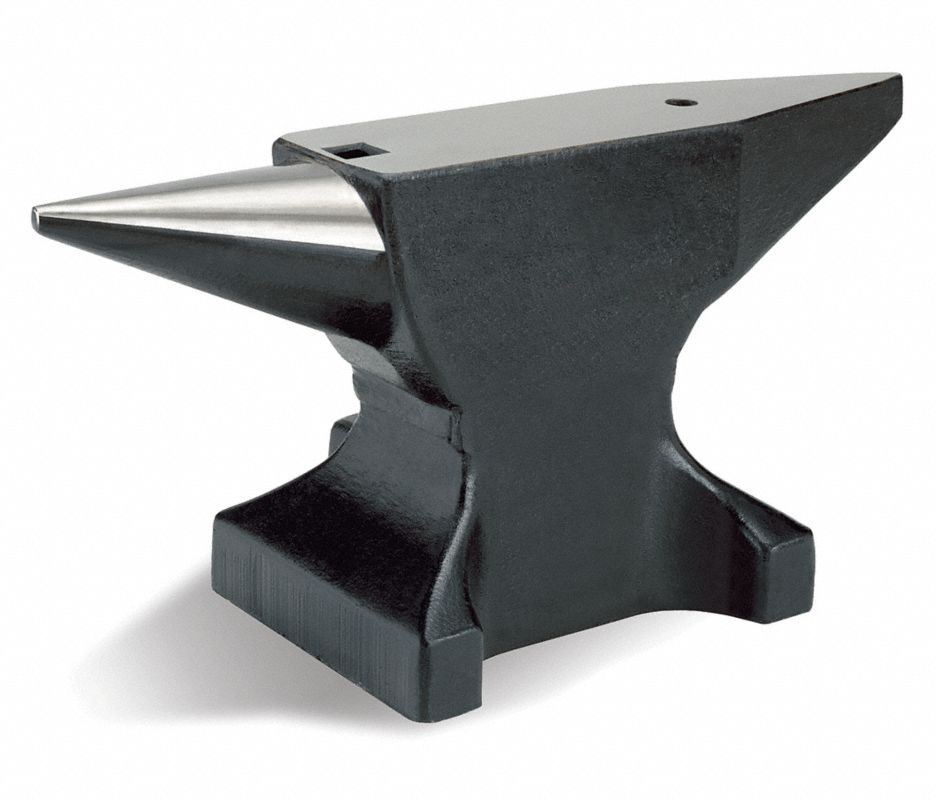I guess the first question I might have is “How do you WANT it to handle?” Do you have an example? Just saying “I want it to handle better” doesn’t tell us anything.
What type of car do you want it to handle like?
Even though you have the ability, with a so-called “Super Wide” Vintage, to run 7”-8” wide rims up front and 8”-10” wide rims at the rear, you are still limited by the swing arm rear suspension no matter what you do. You can put a Mendeola double wishbone front suspension under the front and the rear wheels are still gonna try to tuck under with very hard cornering and the inevitable oversteer, causing the rear end to come around and meet the front (it ain’t pretty). A better front suspension won’t help that.
About all you can do to improve a swing arm car’s handling is a front anti-sway bar and a rear camber compensator. Putting the absolute widest rims you can stuff under the rear would help, too. 10” wide would be nice, 11” even nicer but with larger rear rubber you’ll need a lot more engine horsepower to move them.
If you want a speedster that really handles you’ll have to upgrade the rear to a full IRS, run Porsche 924 torsion bars and 924 dual spring plates per side plus the 924 diagonal arms along with a Kafer Brace to keep everything stiff back there. Then add a rear 3/4” anti-sway bar with adjustable “dog bone” links to allow you to preload a side (like to compensate for a driver and no passenger).
On the front, a 3/4” anti-sway bar on a stock VW front beam.
Koni or Bilstein adjustable shocks all around set at “medium”.
205/45 or 55 tires on front with 7” rims, minimum.
225 or 245/45 tires on the rear with 8” rims, minimum.
Tire pressure set at 26 front, 28 rear.
Power it all with AT LEAST a 2,110 but preferably a NA Subaru 2.5 liter (a Forester 2.5 at around 160hp would be cool) so you can try to keep up with Cobras. You’ll pull away from them in the corners, but you’d better have a lot of snot in your engine to keep ahead of them on the straights longer than 100 yards.
If your pan is a pre-1969, the upgrade to IRS should run you $1,500 - $3,000 to have it done right. All the other stuff (wheels, braces, sway bars, shocks, etc) should run another Grand+, so $3K minimum, $5K maximum for something you’ll hardly ever appreciate on the street. The oglers at your local “Cars & Coffee” won’t even be able to see that stuff under there and will only be impressed by the fake Fuchs wheels. Still, if you have canyons to carve and no constabulary watching, it would be one helluva high-speed canyon cruiser.


